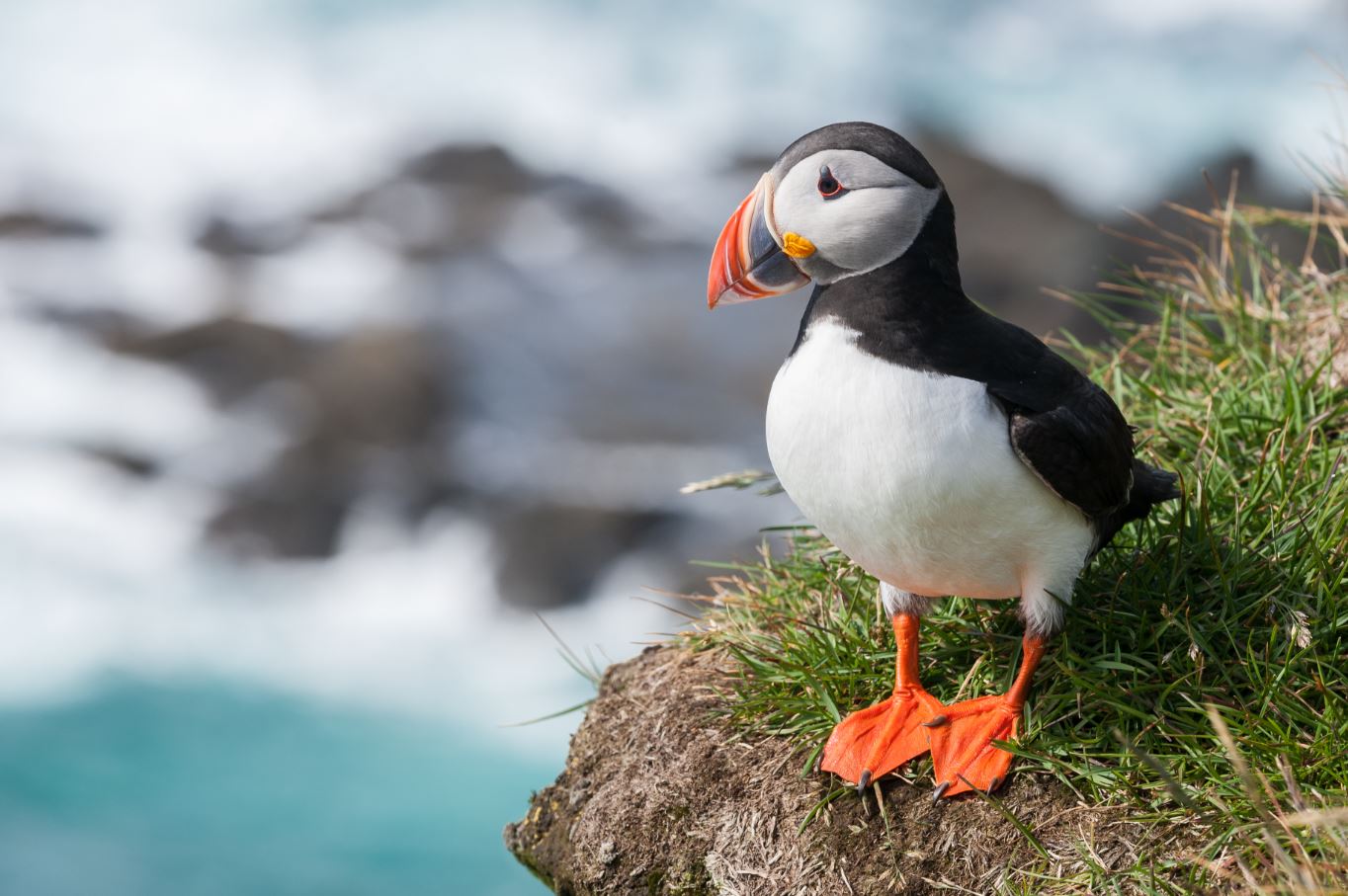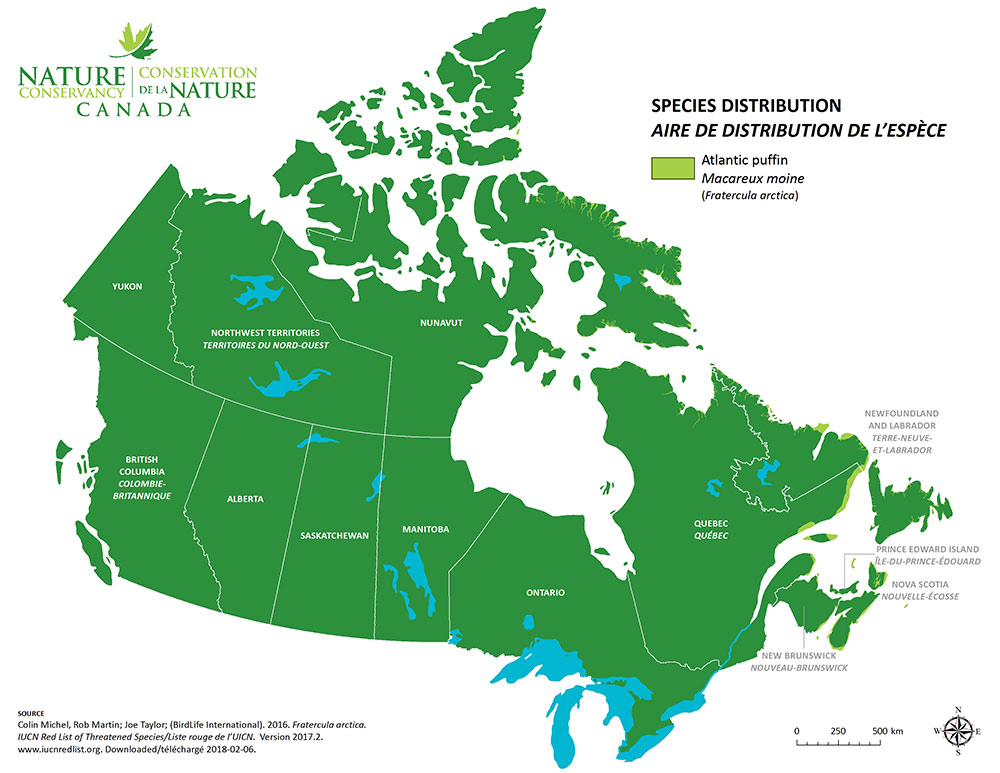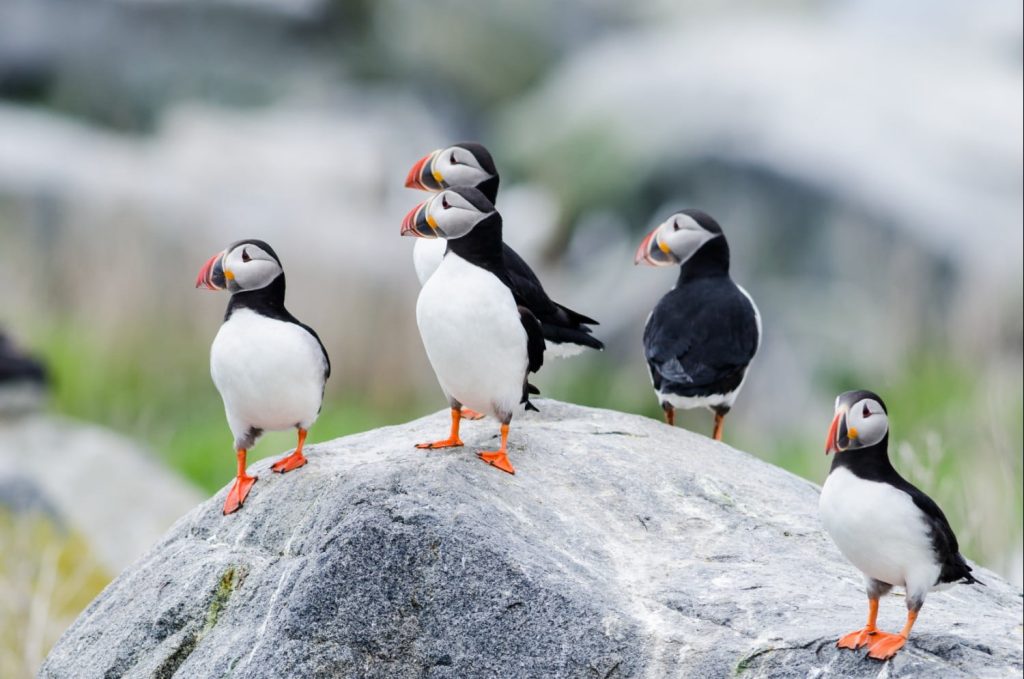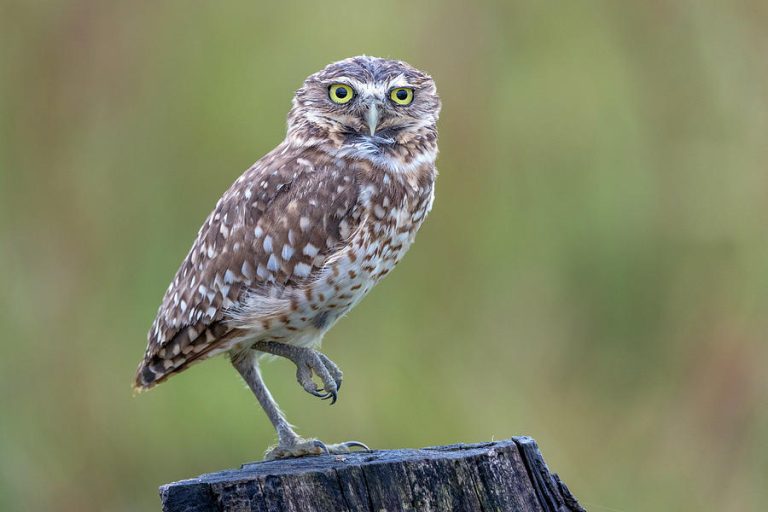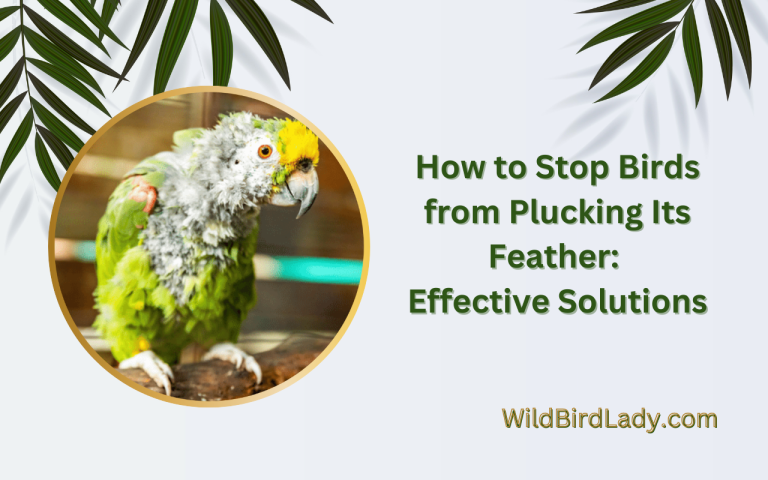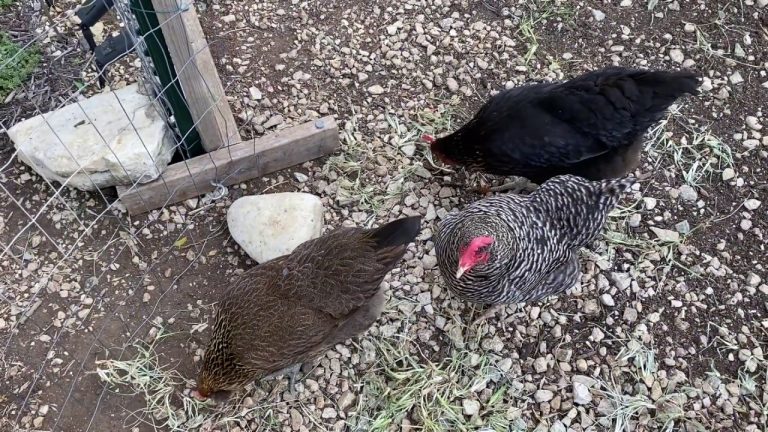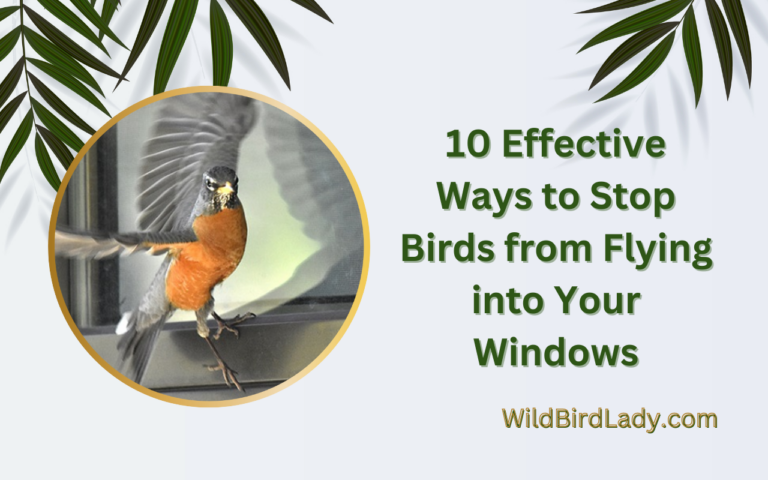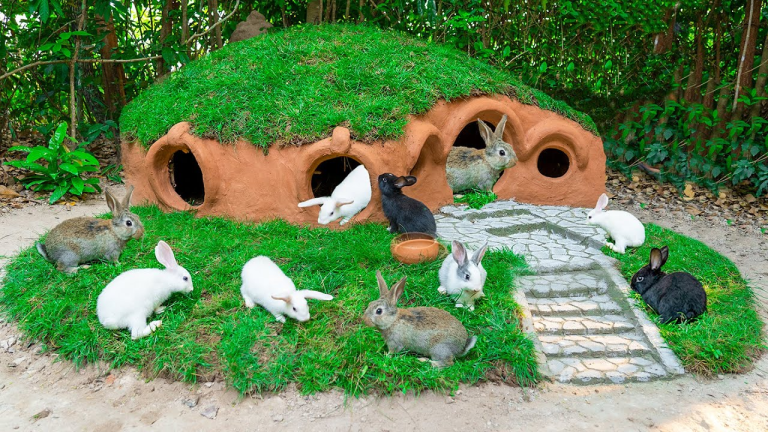Where Do Puffins Live? Discovering the Colorful World of the Clown of the Sea
I still remember the first time I saw an Atlantic Puffin on a sea cliff in Iceland. The brilliant orange beak, tuxedo-like feathers, and comically expressive face immediately won my heart. Puffins are among the most beloved seabirds in the world—and for good reason. But as charming as they are, many bird lovers wonder: Where do puffins live?
Let’s dive into the diverse and fascinating habitats of puffins, their seasonal movements, nesting behaviors, and where you might spot them across the globe.
Meet the Puffins: An Introduction to the Species
There are three species of puffins, each with its own geographic range:
- Atlantic Puffin (Fratercula arctica) – The most well-known and widespread.
- Horned Puffin (Fratercula corniculata) – Found in the North Pacific.
- Tufted Puffin (Fratercula cirrhata) – Recognizable by its golden head tufts.
Each species prefers cool coastal climates, nesting in burrows or rocky crevices along sea cliffs. Despite their appearance, puffins are hardy birds, adapted to life in harsh marine environments.
Where Do Puffins Live? A Species-by-Species Breakdown
1. Atlantic Puffin Range
The Atlantic Puffin has the broadest range and is the only puffin species found in the North Atlantic Ocean. During breeding season (typically April to August), they inhabit:
- Iceland – Home to over 60% of the world’s Atlantic puffins
- Norway and Faroe Islands
- United Kingdom – Especially along the coasts of Scotland and Wales
- Ireland
- Eastern Canada – Newfoundland and Labrador
- Maine, USA
In the non-breeding season, they migrate out to sea, often spending months far from land. They have been recorded across the North Atlantic, sometimes as far south as the Canary Islands or North Carolina.
🐧 Fun fact: Puffins spend more than 8 months at sea and are rarely seen on land outside the breeding season.
2. Horned Puffin Range
The Horned Puffin lives in the North Pacific Ocean, especially:
- Alaska – Coastlines and offshore islands like the Aleutians
- Eastern Russia – Kamchatka Peninsula and Kuril Islands
Horned Puffins nest on rocky cliff ledges rather than burrows like their Atlantic cousins. When not breeding, they roam the open ocean from the Bering Sea to the North Pacific.
3. Tufted Puffin Range
The Tufted Puffin, with its dramatic golden tufts and dark body, prefers:
- Alaska
- British Columbia
- Washington and Oregon
- Northern Japan
- Russian Far East
They favor steep island cliffs and talus slopes for nesting and can be found on volcanic islands with rich marine ecosystems. In winter, they disperse over the open Pacific, sometimes reaching California or northern Mexico.
Puffin Habitat Preferences: Land, Sea, and Air
Puffins are pelagic seabirds, meaning they spend most of their lives at sea. Here’s how their habitat needs change throughout the year:
Breeding Season: Cliffs, Islands, and Coastal Burrows
During the breeding season, puffins come ashore to raise their young, preferring:
- Isolated islands or coastal cliffs
- Soil-covered slopes for burrowing (especially for Atlantic Puffins)
- Rock crevices (common with Horned and Tufted Puffins)
These locations help protect chicks (called pufflings) from predators like gulls and skuas. Puffins often return to the same colony every year.
📚 According to the Cornell Lab of Ornithology, puffins can dig burrows up to 3 feet long and often reuse them annually.
Non-Breeding Season: Open Ocean Wanderers
Outside of breeding season, puffins spend months at sea:
- Resting on the waves
- Diving for fish (some reach depths of 200 feet!)
- Flying vast distances daily in search of food
They avoid land entirely during this time, often living hundreds of miles offshore in cold waters with abundant fish stocks.
Puffin Migration: Seasonal Journeys Across Oceans
Puffins are not traditional long-distance migrants like songbirds, but they do undertake seasonal movements between breeding colonies and their wintering grounds.
Atlantic Puffin Migration
After breeding, Atlantic puffins disperse across the North Atlantic. Some migrate as far as:
- Off the coast of Greenland
- Mid-Atlantic Ridge
- Bay of Biscay
Research using GPS trackers has revealed puffins can travel over 2,000 kilometers from their nesting sites in winter.
📊 A study published in Marine Ecology Progress Series showed that puffins from the UK winter off the coast of Spain and Portugal (Harris et al., 2010).
Pacific Puffin Migration
Horned and Tufted puffins travel less than Atlantic puffins but still cover wide areas of the Pacific:
- Spending winter months in deep offshore waters
- Frequently moving south toward warmer currents
Where to See Puffins in the Wild
If you want to see puffins, the best time is during their breeding season (April to August). Here are my favorite puffin-watching destinations:
North America
- Machias Seal Island, Maine – One of the best places to see Atlantic Puffins in the U.S.
- Witless Bay, Newfoundland – A puffin paradise
- Tatoosh Island, Washington – For Tufted Puffins
- Kenai Fjords, Alaska – For both Horned and Tufted Puffins
Europe
- Látrabjarg Cliffs, Iceland – The largest Atlantic Puffin colony in the world
- Isle of May, Scotland – Easily accessible by boat
- Skomer Island, Wales – A favorite among UK birders
Asia
- Kuril Islands, Russia – Remote but rewarding
- Hokkaido, Japan – For Tufted Puffins in summer
Puffin Nesting and Breeding Behavior
Puffins are monogamous and return to the same nest and partner each year. Their nesting behavior includes:
- Burrow digging or using crevices
- Laying a single egg
- Both parents incubating the egg and feeding the chick
Chicks remain in the burrow for 35–45 days before fledging at night to avoid predators. After leaving, they spend several years at sea before returning to breed.
🔍 According to Audubon, puffins often don’t breed until they’re 5–6 years old and may live up to 25 years in the wild.
Threats to Puffin Habitats
While puffins are captivating, they face mounting threats:
- Climate change affects fish populations like sand eels and herring
- Overfishing reduces their food supply
- Oil spills and plastic pollution are harmful to their marine environment
- Introduced predators (rats, cats) threaten nesting colonies on islands
Conservation groups are working hard to monitor puffin colonies, control invasive species, and educate the public.
🐟 The Royal Society for the Protection of Birds (RSPB) notes that warming seas are causing food shortages in key puffin colonies in the UK.
Puffins in Captivity: Where Do They Live in Zoos and Aquariums?
Some zoos and aquariums house puffins in specialized enclosures with:
- Saltwater pools
- Cold air and water temperatures
- Simulated daylight cycles
Places like the Alaska SeaLife Center and New England Aquarium provide educational exhibits where visitors can observe puffins year-round.
While captivity can aid conservation and education, puffins thrive best in their natural habitats.
Final Thoughts from the Field
As someone who has spent countless hours observing birds, I can say that few species rival the puffin in terms of charm, adaptability, and mystery. Whether braving icy waves in the North Atlantic or nesting on remote cliffs, puffins continue to fascinate birders and researchers alike.
If you ever get the chance, book a trip to one of their breeding grounds during summer—you won’t regret it. And remember: while puffins may vanish from view in winter, they’re always out there somewhere, riding the waves of the open sea.
FAQs About Where Puffins Live
Q1: Do puffins live in the Arctic?
Not quite. While puffins live in sub-Arctic and cold temperate regions, they’re rarely found in the true Arctic. However, their range often extends into Arctic waters seasonally.
Q2: Do puffins migrate?
Yes. Puffins leave their breeding colonies in late summer and spend the winter months at sea, often traveling thousands of kilometers.
Q3: Can you see puffins in the U.S.?
Yes. Maine is the best state to spot Atlantic Puffins, especially around Machias Seal Island. Alaska is home to both Horned and Tufted Puffins.
Q4: Where do puffins sleep when at sea?
They rest directly on the water’s surface, bobbing with the waves. They’re well-insulated and waterproofed thanks to their dense feathers.
Q5: How deep can puffins dive?
Puffins are expert divers, capable of reaching depths over 60 meters (200 feet) in pursuit of fish.

